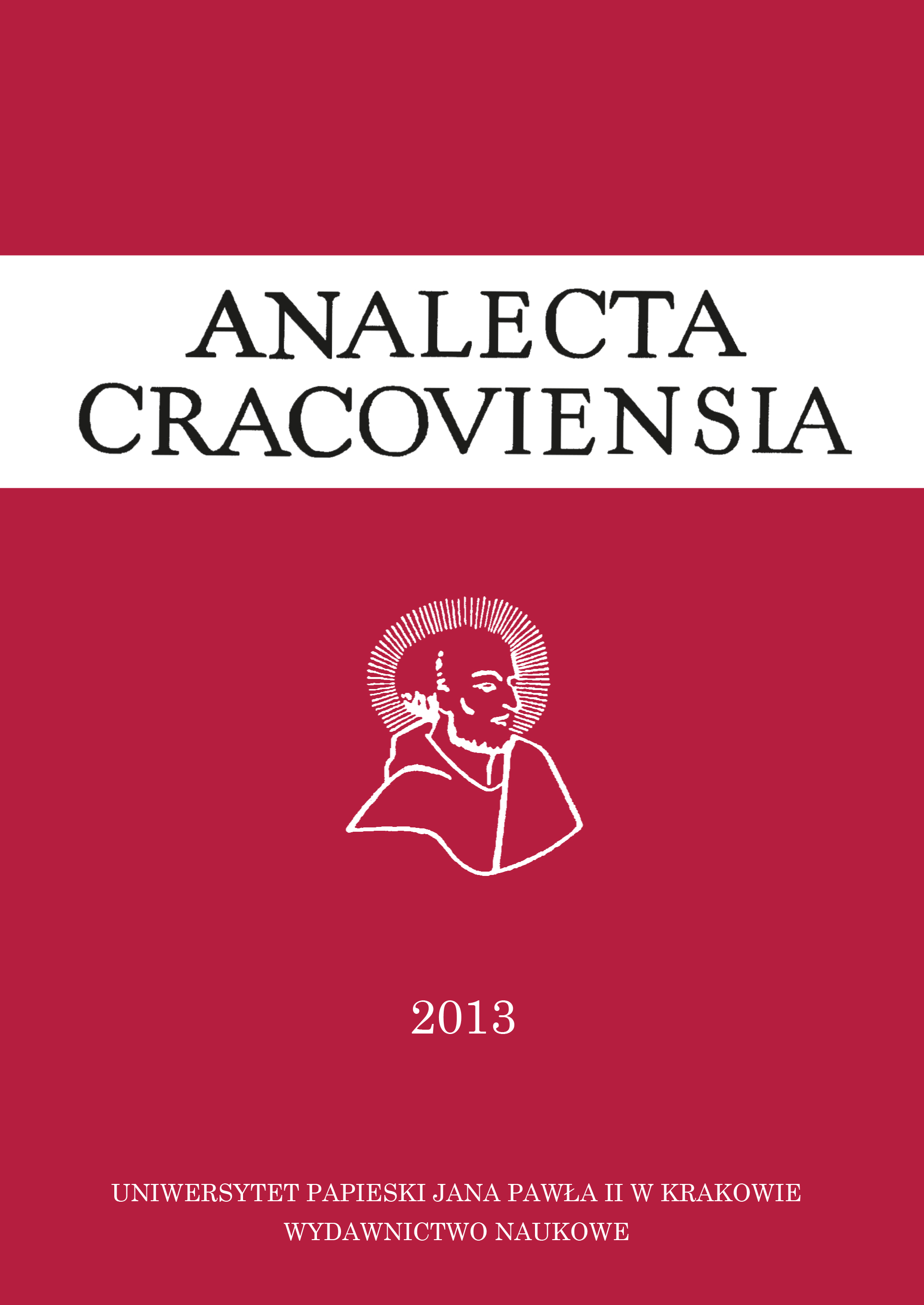Matki Izraela typem Matki Kościoła
DOI:
https://doi.org/10.15633/acr.1134Słowa kluczowe:
Mary, Mother, salvation history, Israel, covenant, liberation, redemption, typical senseAbstrakt
The Bible very little attention pays to the Mother of God. Apart from the Gospels of Childhood there are only two known mentions from the public period of Jesus’ activity. These are the wedding in Cana and the description of Christ’ crucifixion. The beloved disciple does not even mention Mary’s name. He replaces it with such words as: Mother of Lord, Jesus’ Mother, His Mother. The Old Testament does not refer to Mary directly. There are many texts though that according to the symbolic sense and prophets’ predictions refer to Mary’s motherhood towards expected Messiah and Her participation in His redemptive act.
It refers especially to the Old Testament ”Mothers” of Israel who played a crucial role in history of this nation both through its religious formation during the periods of unfaithfulness to Covenant and through the participation in the liberation from slavery and alien invasion, when the history of Israel at the same time the history of redemption and became the theology of Israeli Nation. Through a place and a role of these Mothers in the liberation of Israel the Christian exegesis, following the patristic tradition, defines the place and the role of Mary in the redemption of man fulfilled by Christ.
Pobrania
Opublikowane
Numer
Dział
Licencja
Prawa autorskie (c) 2015 Wojciech Życiński

Praca jest udostępniana na licencji Creative Commons Attribution-NonCommercial-NoDerivatives 3.0 Unported License.
Obecnie autorzy publikujący w czasopiśmie udzielają jego wydawcy zgody o następującej treści:
- Autor zachowuje autorskie prawa majątkowe do utworu, a jednocześnie udziela wydawcy czasopisma zgody na jego pierwszą publikację w wersji drukowanej i wersji online na licencji Creative Commons Uznanie autorstwa 4.0 Międzynarodowe oraz zgody na wykonywanie opracowań, w tym przekładów.
- Autor ma możliwość udzielania zgody niewyłącznej na opublikowanie utworu w wersji, która ukazała się w czasopiśmie (np. zamieszczenia go w repozytorium instytucjonalnym lub opublikowania w książce), wraz z informacją o jego pierwszej publikacji w czasopiśmie.
- Autor może umieścić swój utwór online (np. w repozytorium instytucjonalnym lub na swojej stronie internetowej) jeszcze przed zgłoszeniem utworu do czasopisma.

